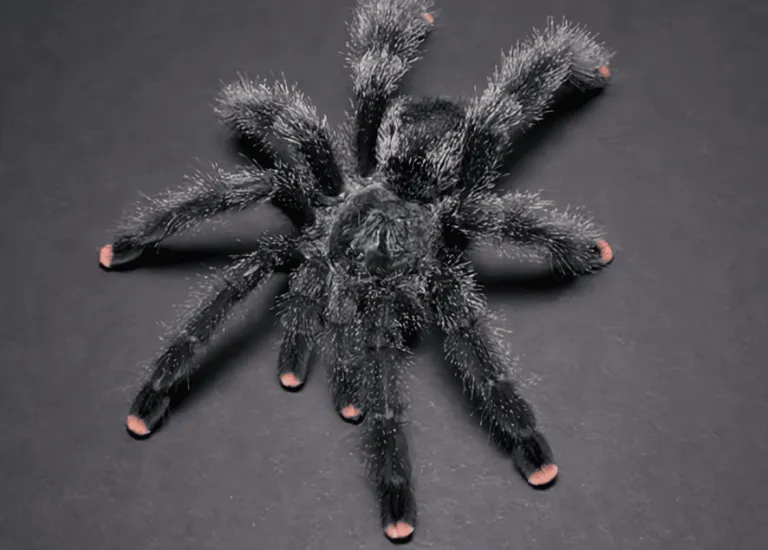Preparing for Pinktoe Tarantula Breeding
Breeding pinktoe tarantulas can be a rewarding experience, allowing you to witness the fascinating life cycle of these arboreal arachnids. However, successful breeding requires careful planning, preparation, and a good understanding of their specific needs. This beginner’s guide will walk you through the essential steps, from understanding the basics to caring for the spiderlings. Before you even consider breeding, ensure you are well-versed in the care requirements of pinktoe tarantulas. This includes providing a suitable enclosure, appropriate temperature and humidity levels, and a varied diet. Proper preparation significantly increases your chances of success, ensuring the health and well-being of both the adults and the offspring.
Understanding Pinktoe Tarantula Basics
Pinktoe tarantulas (Avicularia avicularia) are known for their vibrant colors, docile temperament, and arboreal lifestyle. They are native to the rainforests of South America and the Caribbean. These tarantulas thrive in a humid environment and prefer to live in trees or other elevated spaces, building their webs to create a retreat. Their distinctive pink toe pads are a key identifying feature. Breeding success relies heavily on mimicking their natural habitat. This includes providing a spacious enclosure, proper substrate for burrowing or web-building, and ensuring a consistent supply of live prey, such as crickets or roaches, to maintain their health and vitality. Understanding their natural behaviors is the first step.
Identifying a Healthy Pinktoe Tarantula
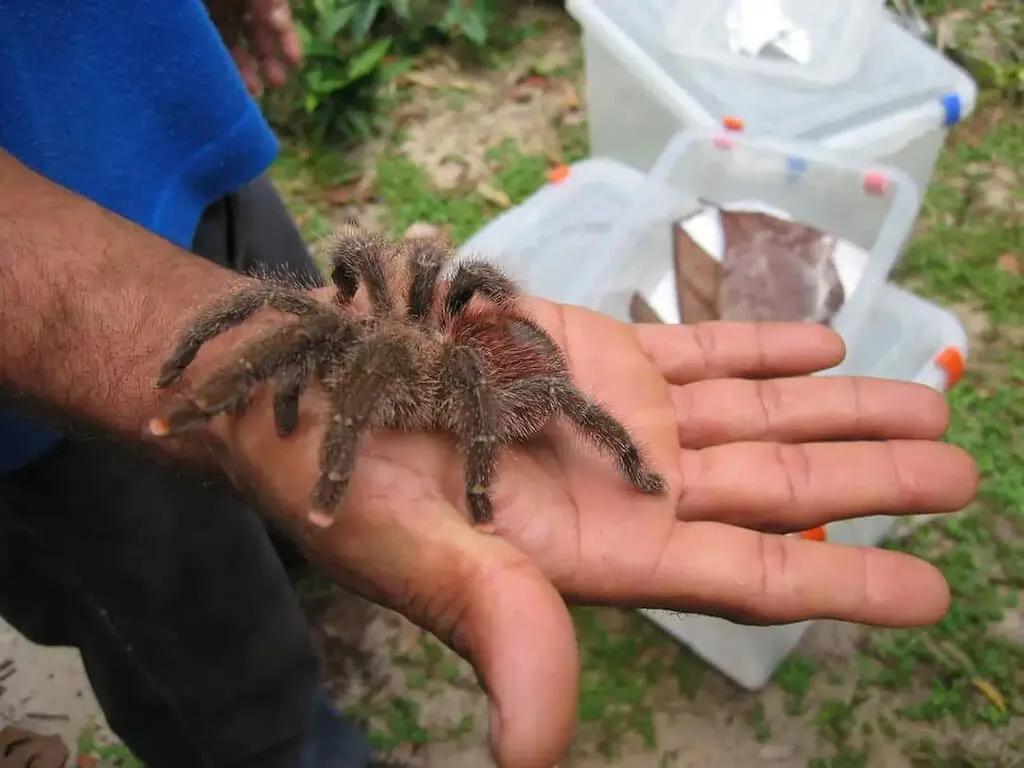
Before attempting to breed pinktoe tarantulas, it is crucial to ensure that both the male and female are in good health. A healthy tarantula should exhibit several key characteristics. Look for a plump abdomen, indicating that the spider is well-fed and hydrated. The legs should be intact, without any missing or damaged limbs. The tarantula should be active, displaying a willingness to move around its enclosure and respond to stimuli. Check for any signs of illness or parasites, such as unusual discoloration, lethargy, or loss of appetite. A healthy tarantula’s fangs should be clean and sharp. Always quarantine any new tarantulas for a few weeks to monitor their health before introducing them to your existing collection. A healthy female is more likely to produce a viable eggsac.
Sexing Your Pinktoe Tarantulas
Accurately determining the sex of your pinktoe tarantulas is essential for successful breeding. Several methods can be used to sex these tarantulas. The most common method involves examining the molt, the shed exoskeleton. After a tarantula molts, you can often determine its sex by looking at the presence or absence of spermathecae, which are reproductive organs found in females. Another method is to examine the underside of the tarantula’s abdomen. Adult males have a pair of modified pedipalps, which look like boxing gloves. These palps are used to store sperm and transfer it to the female during mating. However, this method can be difficult to use on younger specimens. It’s advisable to have a second opinion if you are unsure, especially from an experienced breeder.
Setting Up the Breeding Enclosure
Creating the appropriate environment is crucial for encouraging successful mating and egg production. The breeding enclosure should be larger than the typical enclosure to allow for more space for both the male and female. The size depends on the size of the tarantula but the enclosure should be at least 12x12x18 inches, though bigger is often better. Include plenty of climbing opportunities, such as branches, cork bark, and artificial plants, to mimic the tarantula’s natural arboreal habitat. Maintain a slightly higher humidity level in the breeding enclosure, which can be achieved by misting the enclosure regularly or using a humidifier. Make sure the setup allows the tarantulas to feel comfortable and secure. This helps minimize stress and encourage natural behaviors. It is better to make them feel at home, so they will get ready to mate.
Creating the Ideal Environment
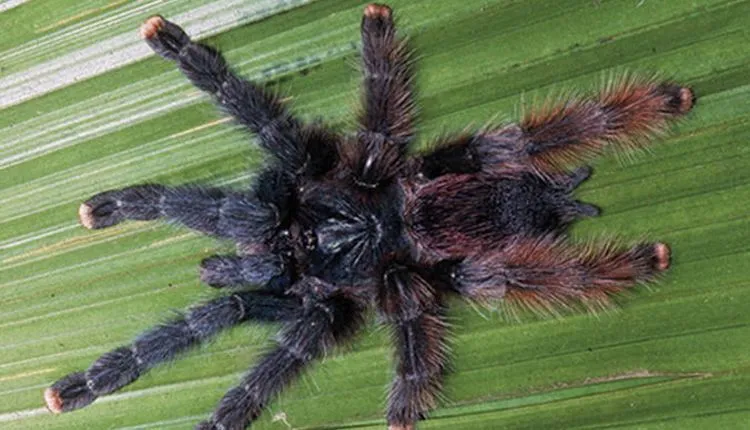
The ideal environment for breeding pinktoe tarantulas closely mimics their natural habitat. This involves maintaining a proper temperature gradient, humidity levels, and providing ample opportunities for climbing and web-building. Use a substrate that retains moisture, such as coconut fiber or a mix of peat moss and vermiculite. Provide plenty of hiding places, such as cork bark tubes, to give the tarantulas a sense of security. The enclosure should be well-ventilated to prevent mold and mildew growth. Avoid using sharp objects or materials that could injure the tarantulas. The ambiance needs to give off a feeling of safety and comfort. This includes making sure the enclosure is in a quiet location.
Temperature and Humidity Control
Maintaining the correct temperature and humidity levels is critical for breeding success. Pinktoe tarantulas thrive in a temperature range of 75 to 85 degrees Fahrenheit (24 to 29 degrees Celsius). Use a thermometer to monitor the temperature regularly and adjust the heating accordingly. Humidity levels should be kept between 75% and 85%. This can be achieved by misting the enclosure daily or using a humidifier. The humidity should be regulated, as excessive humidity can lead to mold growth and health problems. Too little humidity can cause molting issues. A hygrometer is an invaluable tool for monitoring humidity. Be consistent to reduce stress on the animals.
Providing Adequate Ventilation
Proper ventilation is essential to prevent the build-up of harmful gases, such as ammonia, and to prevent the growth of mold and mildew. Ensure the enclosure has adequate airflow, which can be achieved through a combination of ventilation holes and cross-ventilation. Avoid completely sealing the enclosure, as this can trap moisture and lead to health problems. The enclosure should be well-ventilated to reduce any chance of illness. If you observe condensation build-up inside the enclosure, this indicates that the ventilation is not adequate. Proper ventilation not only benefits the tarantulas but also makes maintenance easier by controlling odors and preventing the growth of harmful microorganisms. A well-ventilated enclosure is a healthy enclosure.
The Breeding Process
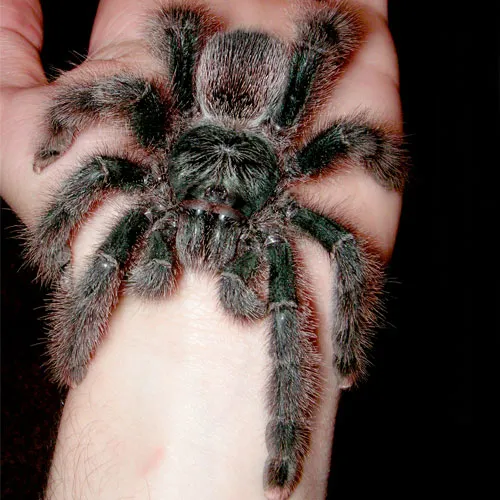
The breeding process requires careful observation and patience. It begins with introducing the male to the female’s enclosure. The timing is important, as females are typically receptive to mating shortly after a molt. Prior to introduction, ensure both tarantulas have been well-fed. The male may start drumming on the female’s web. This is how he signals his intentions and courts the female. The introduction should be closely monitored. Be prepared to separate the tarantulas if the female is aggressive. Successful mating involves the male transferring sperm to the female using his pedipalps. The female will then lay eggs and create an eggsac.
Introducing the Tarantulas
When introducing the male to the female, do so with caution. The best approach is to introduce the male to the female’s enclosure, as the female is more likely to be territorial. Observe their interaction closely. The male may start drumming on the female’s web to signal his intentions. Be prepared to separate them immediately if the female shows aggression. If the female is receptive, she may allow the male to approach and mate. If the female is not receptive or is aggressive, remove the male immediately. This step requires constant supervision. It is also important to make sure that both tarantulas are well-fed before the introduction, as a hungry female may be more likely to attack the male.
Monitoring Mating Behavior
During mating, closely monitor the behavior of both tarantulas. The male will typically use his pedipalps to transfer sperm to the female. The mating process can last from a few minutes to several hours. After mating, the male should be removed from the enclosure to prevent him from being eaten by the female. Observe the female’s behavior for signs that she is carrying eggs. This includes a change in appetite and a noticeable increase in the size of her abdomen. Keep a close eye on her throughout the whole process. Documenting the dates and observations will greatly help with the future breeding attempts.
Post-Mating Care
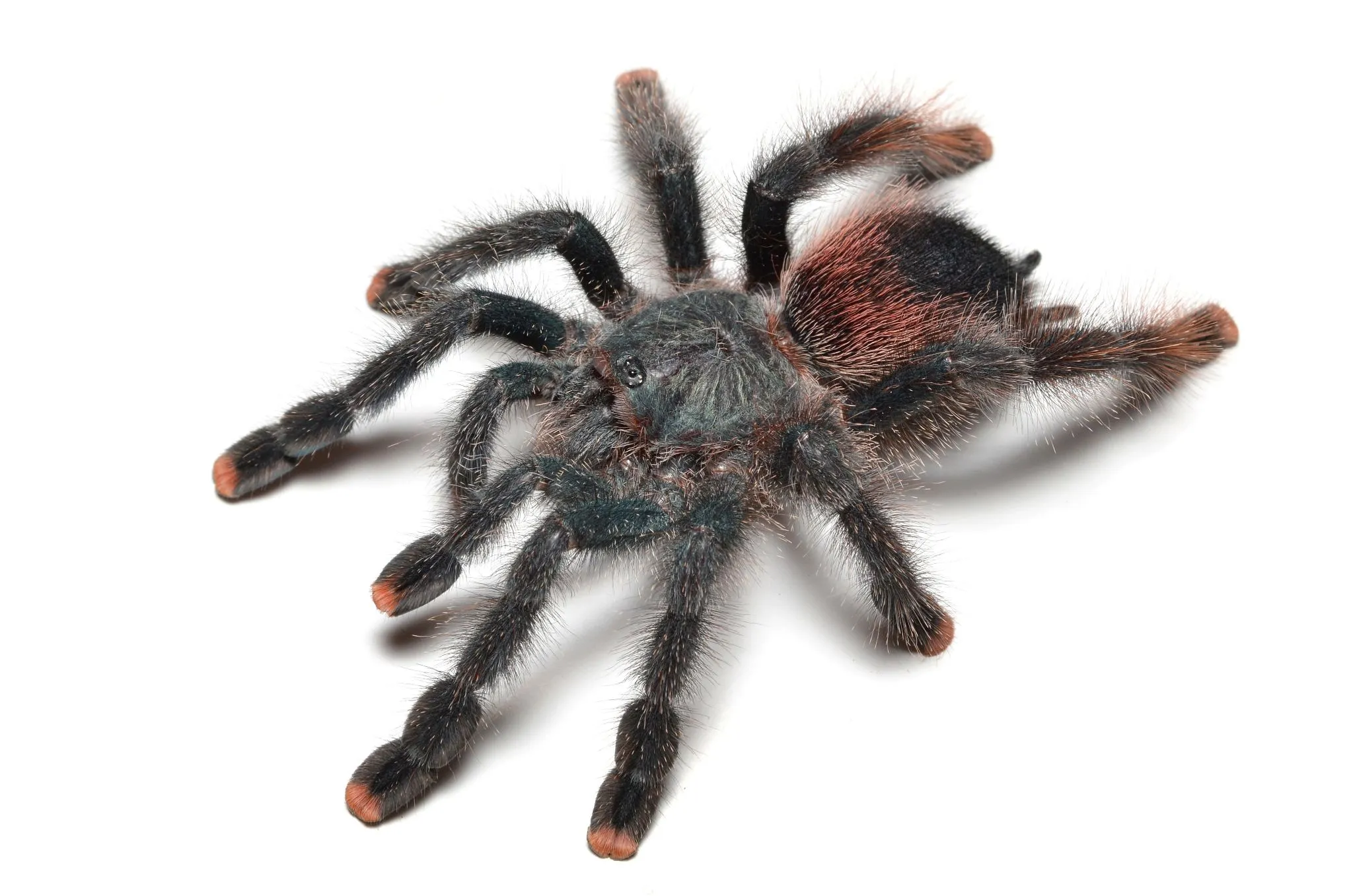
After mating, the female will typically begin to develop an eggsac. Provide her with extra food to support her egg production. Increase the humidity slightly to maintain optimal conditions for the eggsac. The female will often become less active during this time and may spend more time guarding her eggsac. Keep a close eye on her and the enclosure’s conditions. Provide a safe and undisturbed environment for her. The eggsac will remain with the female until the spiderlings hatch. This process can take several weeks to a few months, depending on the environmental conditions. Make sure to feed the female with an appropriate amount of food, so she can stay healthy.
Caring for the Eggsac
The eggsac is a delicate structure that requires careful handling. The female will usually create the eggsac herself. Avoid disturbing the female during this period. The incubation period can vary depending on temperature, humidity, and other environmental factors. Once the eggsac is formed, it is best to leave it undisturbed. Some breeders will remove the eggsac from the female for artificial incubation. However, this is not recommended for beginners, as it can be stressful for the female and increase the risk of damaging the eggs. It is best to let the female care for the eggsac until the spiderlings hatch. Make sure that the enclosure is in a location where it will not be disturbed.
Incubation and Hatching
Once the eggsac is formed, the incubation period begins. The female will typically guard the eggsac diligently, turning and protecting it. During the incubation period, it’s crucial to maintain consistent temperature and humidity levels. Avoid any sudden changes, as they can negatively affect the eggs. The incubation period can range from a few weeks to several months. Keep the enclosure clean and observe the female for any changes in behavior. The eggs will go through several stages of development within the eggsac. Once the eggs hatch, the spiderlings will emerge. At this point, the female is usually removed to prevent her from eating the spiderlings, though many keepers will leave the spiderlings with the female for a short time.
Caring for Spiderlings
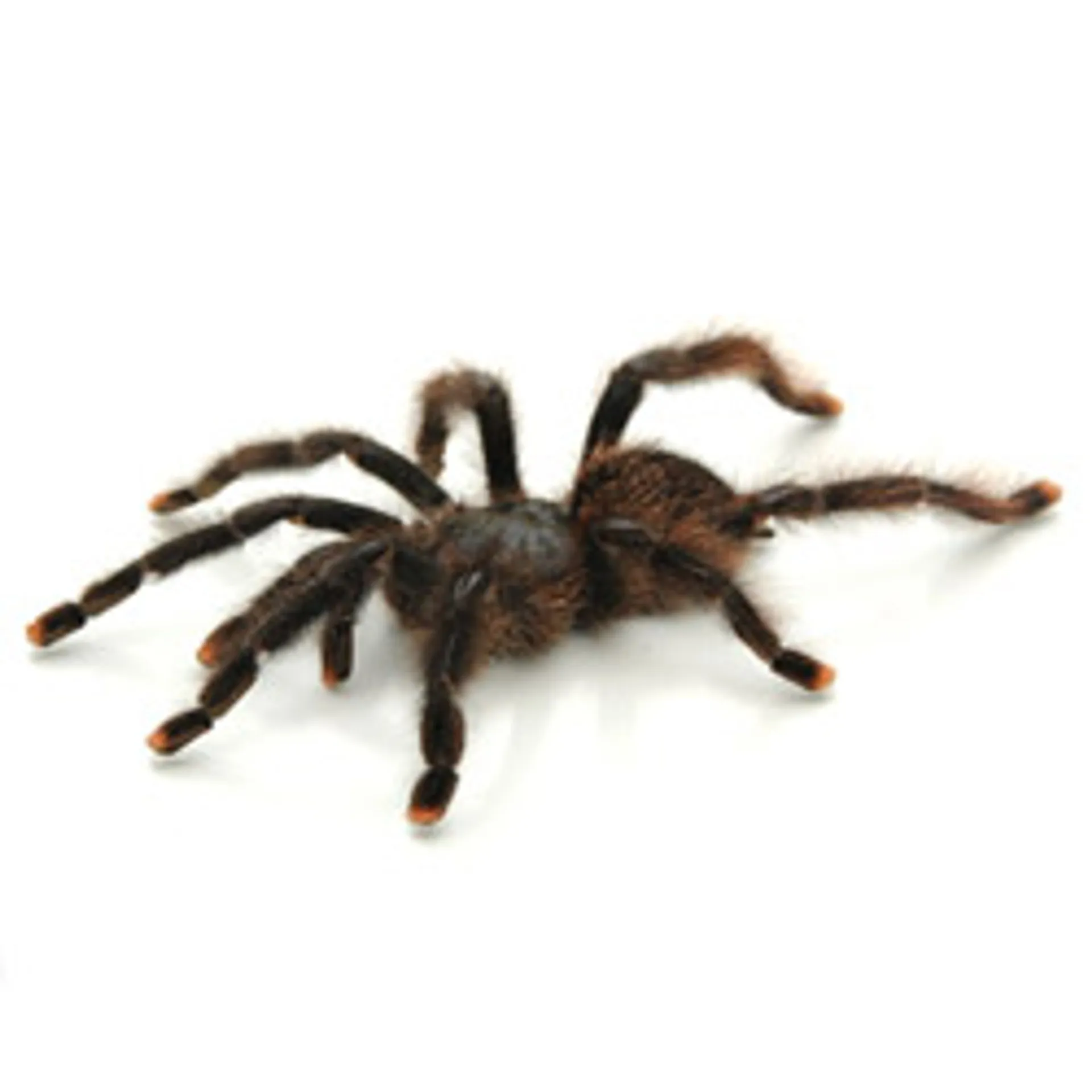
After the spiderlings hatch, the real work begins. Spiderlings are extremely delicate and require careful attention. Provide them with a small, appropriately sized enclosure with plenty of hiding places and climbing opportunities. Ensure the enclosure has good ventilation to prevent the build-up of moisture. The spiderlings need to be fed small, live insects, such as fruit flies or pinhead crickets. Make sure that the food is also small, and will not harm the spiderlings. Monitor the humidity and temperature carefully and provide a shallow water dish. Provide a well-ventilated, appropriate environment for the spiderlings to thrive. Regular observation and maintenance are crucial for their healthy development. This includes monitoring the spiderlings for molting and growth.
Feeding and Housing Spiderlings
Feeding the spiderlings can be a challenge, as they are very small and require tiny prey. Offer them pinhead crickets or flightless fruit flies several times a week. Make sure that the prey is no larger than the spiderling’s body size to prevent them from being overwhelmed. You can also use a small paintbrush to move prey items closer to the spiderlings. Spiderlings can be housed communally for a short period, but cannibalism can occur as they grow. As the spiderlings grow larger, they will need to be moved to individual enclosures to prevent cannibalism. Provide them with a small container, substrate, and a small water dish. Careful observation and handling are critical during this stage to ensure their healthy development. A healthy diet is a must for the spiderlings.
